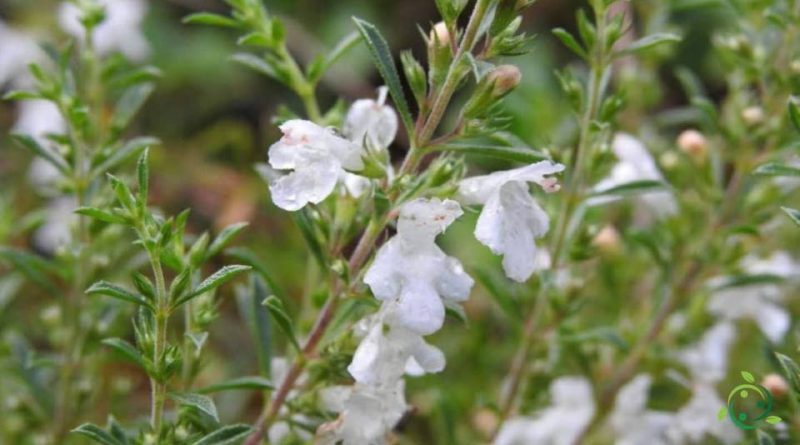How the Winter savory is propagated
How the Winter savory is propagated
The Winter savory (Satureja montana L., 1753) is an aromatic plant belonging to the Lamiaceae family. It is a semi-evergreen perennial plant, native to the mountainous regions of central-southern Europe.
Winter savory is a plant that can survive very well in drought conditions so it can survive even without frequent irrigation.
The plant prefers areas with a fairly warm climate and during the colder months it is good to take precautions (such as covering the plant) in order to prevent atmospheric agents from deteriorating it.
For the details of the cultivation technique, please refer to the following sheet. Here we will analyze how to reproduce and multiply Satureja montana, considering that this plant can be propagated by seed or by tip cutting.
Multiplication by seed –
Reproduction by seed is carried out during sowing in the spring or autumn period by spreading the seeds directly on the ground and pressing lightly with the hands to make them adhere as much as possible to it.
During the first days, before the emergence of the new plants, it is advisable to irrigate twice a day: early in the morning and in the late afternoon when the sun’s rays are now transversal.
When the seedlings have reached 5 – 7 cm, you can water only once a day and in this case you can proceed in the early hours of the morning. Obviously in looser soils it will be necessary to intervene even during the evening hours.
Multiplication by cuttings –
In multiplication by cuttings, the most suitable period to operate this technique is the one before flowering in well-developed seedlings.
We proceed by cutting the apical twigs and placing them in a substrate composed of equal parts of sand and organic soil, taking care to place the cuttings in a shaded area without direct sunlight. Irrigation must be carried out in the same way as described above, possibly taking care to nebulize the jets that must root.
Rooting will be signaled by the issuance of new leaves. When the seedlings are well developed, they can be transplanted into pots or into full earth.
A technique very similar to that of cuttings is that for dividing tufts. In this case, we proceed to the separation of tufts that have, possibly, a part of the root system intact.
Collection and storage –
In the collection of Winter savory it is recommended to cut the flowering twigs at the beginning of flowering and use them fresh or dried in a shady and ventilated place.
The leaves are strongly aromatic and are used to give flavor to meat and fish dishes.
Furthermore, this plant has therapeutic properties: digestive, carminative, tonic-stimulating. For external use, as an antiseptic in oral inflammations.

